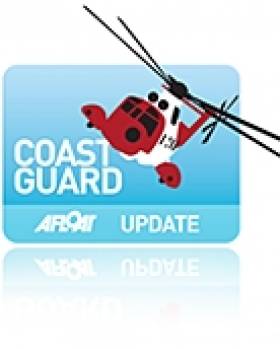Displaying items by tag: Co Clare
Irish Private Islands Up For Sale
Three private islands off Ireland's west coast are now up for sale - with the cheapest being a snip at just €150,000.
Irish Central reports that the three islands are currently offered via the website privateislandonline.com which aims at the rich-and-famous market.
Mannions Island, in west Cork's Dunmanus Bay, is priced less than the average family home in Dublin. For €150,000 the buyer gets a four-acre island that's 60% fertile just 200m from the shore (the catch is that there are no buildings).
Further up the coast at Clew Bay in Co Mayo is Island Mor, a 70-acre gem with views of the Inish Gort lighthouse and Croagh Patrick, which is going for €902,000. The location is a popular one for celebs - John Lennon was once an owner in Clew Bay.
Last but not least is Mutton Island, a mile from Seafield Harbour in Co Clare and just 20 miles south of the Aran Islands. The largest of the three at 185 acres, it also has a storied history, with the first recorded human settlement in 548 AD. Price is available on request.
Coastguard Calls for Doolin Pier Go-Ahead
The Doolin Coast Guard Unit has urged Clare County Council to continue its €6 million development plan for Doolin Point.
The pier plan has faced opposition from surfers who argue that the development will ruin the popular waves in the area.
The Irish Examiner reports that in the latest submission to the council, the Doolin Coast Guard Unit supports the development, claiming the current pier is "regularly over-congested" in peak tourist periods.
"This, in turn, can make it very difficult for our members to launch our boats in an efficient manner where time is of the essence," states the unit's officer in charge Mattie Shannon.
A separate submission by Doolin Tourism and Doolin Community Harbour Co-op, backed by 150 signatures from locals, called on Clare County Council to go ahead with the plan.
They dismissed surfers' concerns, stating that "the proposed pier and breakwater will not create a back wash effect" on the surfing waves at Crab Island and other areas.
The Irish Examiner has more on the story HERE.






























































